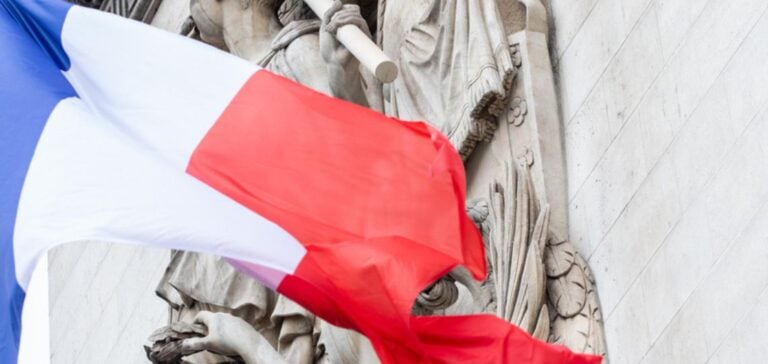The protective measures put in place by the French state to moderate the impact of rising electricity and gas prices have generated a net cost of 20.4 billion euros over the past two years.
The Commission de régulation de l’énergie (CRE) details these costs in its annual report, pointing out that the majority of expenditure is concentrated on the years 2022 and 2023.
Price caps and targeted support
The Tariff Shield scheme caps gas and electricity prices for individuals and very small businesses subscribing to the regulated tariff.
At the same time, a cushion is offered to businesses on a case-by-case basis to limit the financial impact of the energy crisis fueled by the post-Covid recovery and the war in Ukraine. The period concerned runs from 2021 to 2024, although the bulk of the measures are concentrated on 2022 and 2023.
At the same time, other aids such as the energy voucher and the fuel allowance are also being deployed, bringing the total cost of the support schemes to 36 billion euros net, according to the Cour des Comptes.
In addition to fuel allowances, the tariff shield was largely financed by renewable energies.
Breakdown of costs and revenues
Of the 26.3 billion euros in gross costs identified by CRE, 21.5 billion are attributed to electricity, while 4.8 billion concern gas.
However, renewable energies will bring in 5.9 billion euros for the State by 2022-2023, thanks to a support mechanism introduced in 2003.
Under this mechanism, the government guarantees a certain electricity purchase price to renewable energy operators, who pay the difference back when market prices exceed this threshold.
As a result, the net cost of energy shields amounts to 20.4 billion euros, after deducting revenues from renewables.
Outlook for 2024 and beyond
For 2024, CRE forecasts that public energy service charges (CSPE) will reach 4.2 billion euros, higher than initially forecast due to the return of support for renewables against a backdrop of falling electricity prices on wholesale markets.
In 2025, the authority expects CSPE to return to levels close to those prevailing before the energy crisis, i.e. around 8.9 billion euros, thanks to the gradual end of exceptional consumer protection mechanisms and falling energy prices.
This situation highlights the challenges and costs associated with managing the energy transition and protecting consumers in a context of volatile energy prices.
The exceptional measures taken in recent years have helped to limit the impact of the crisis, but also underline the need for a long-term strategy to ensure the stability and sustainability of the energy market.






















